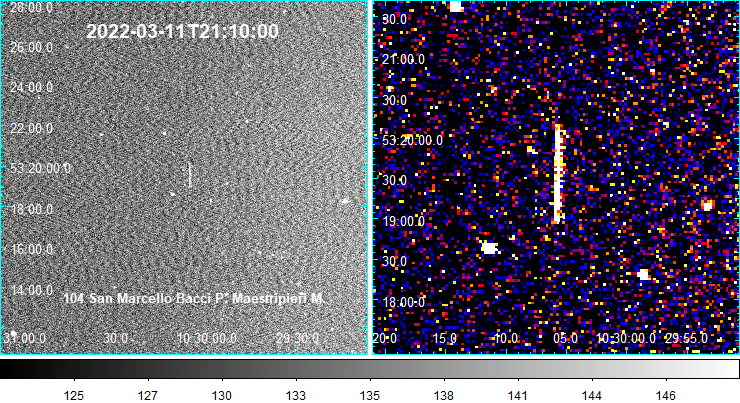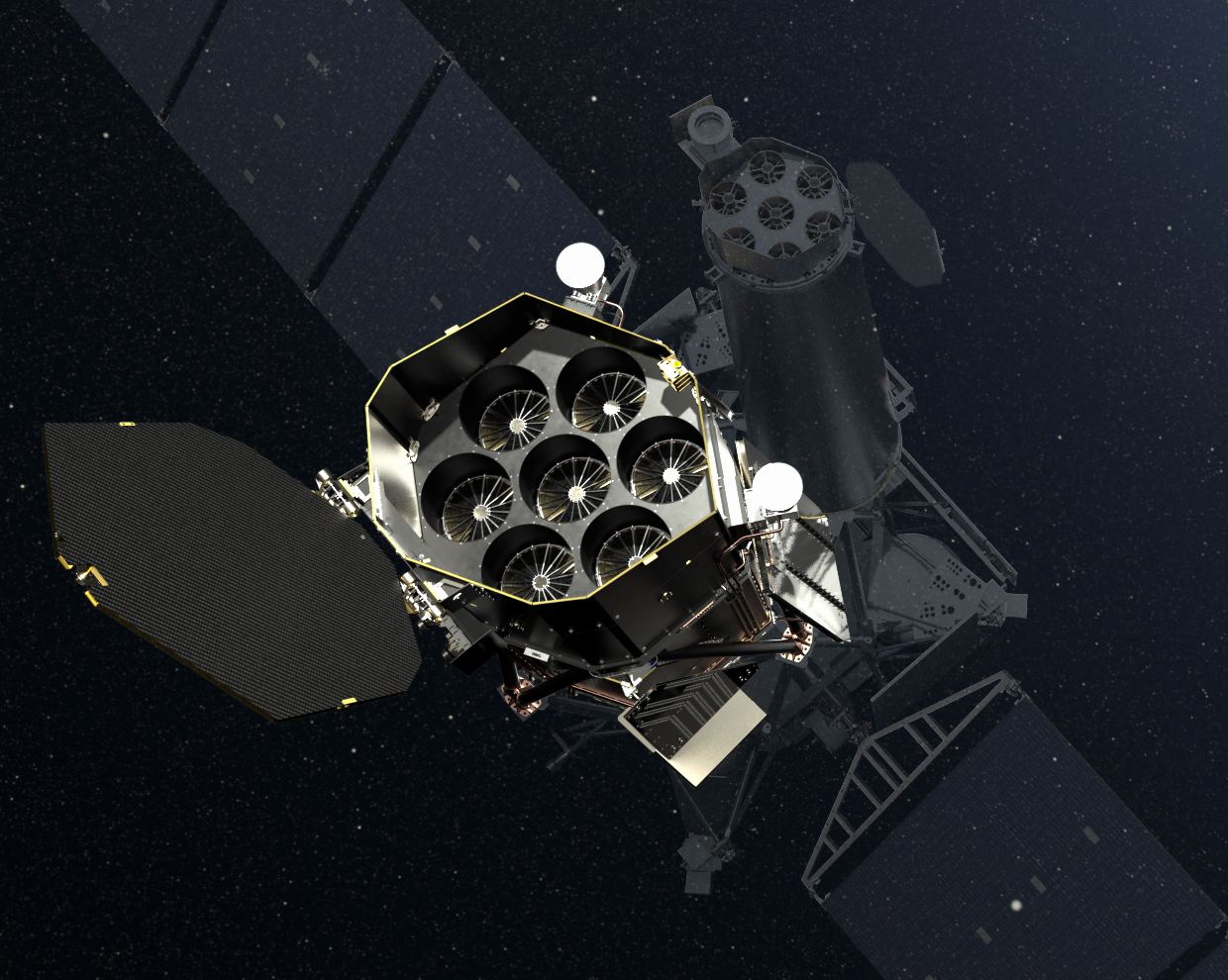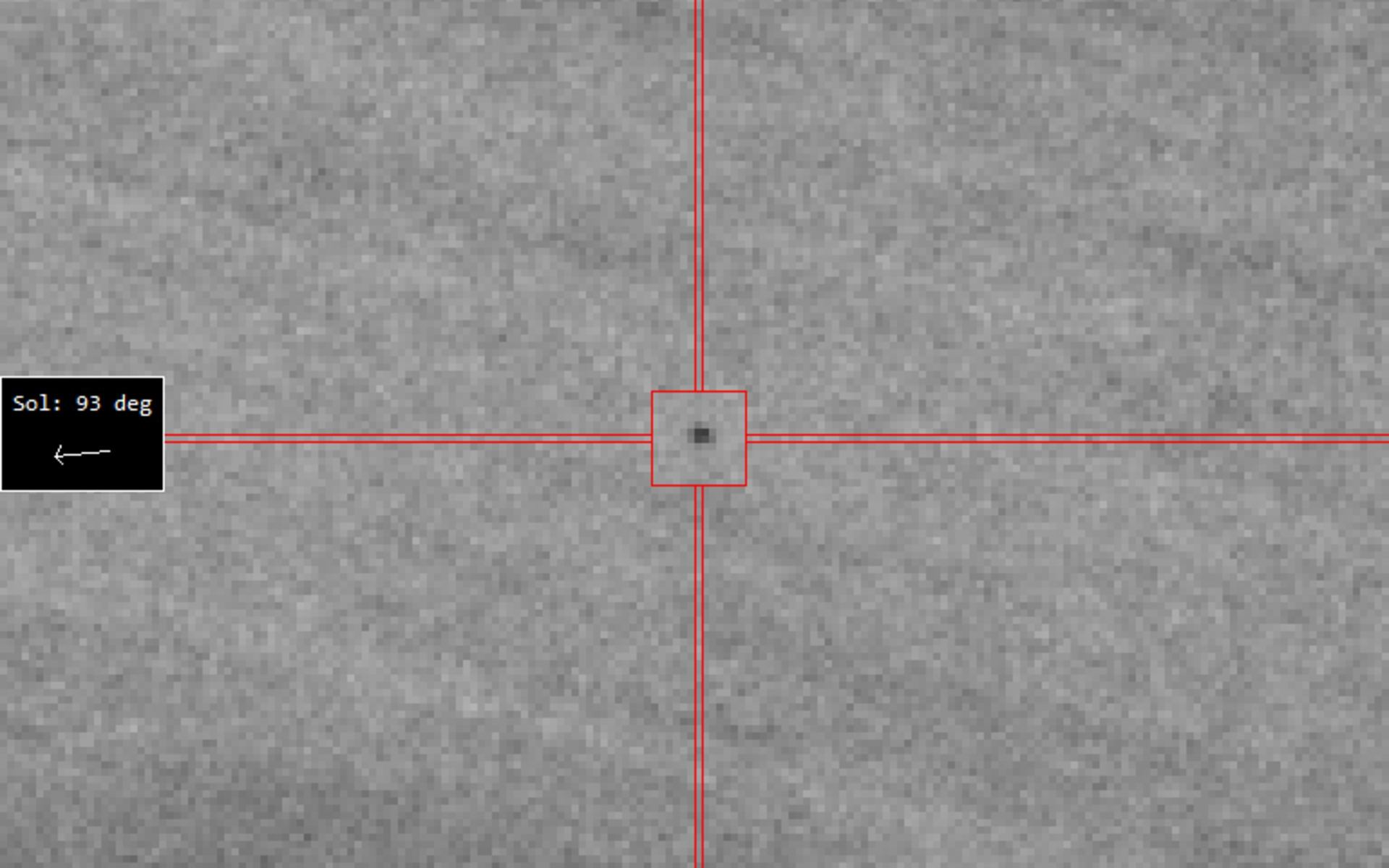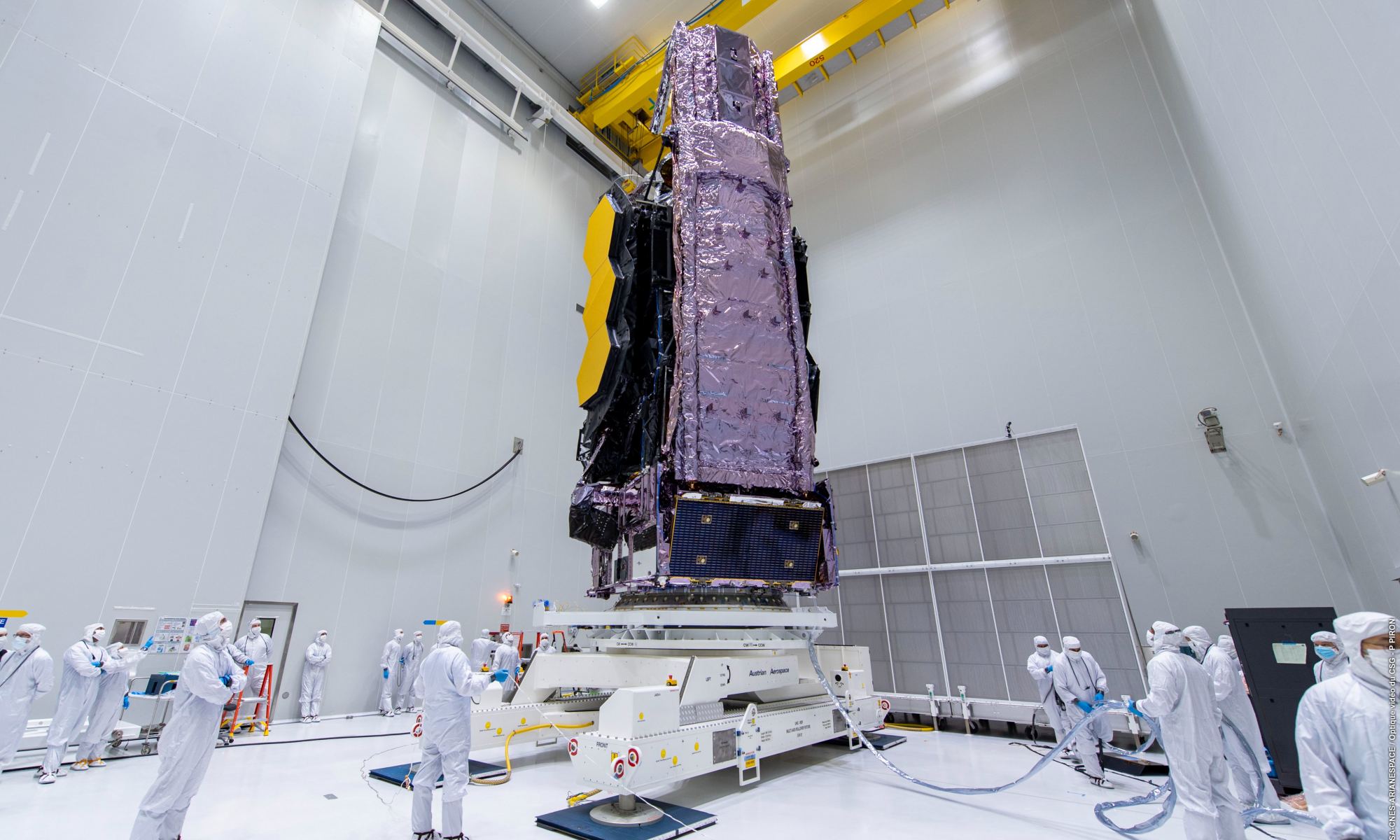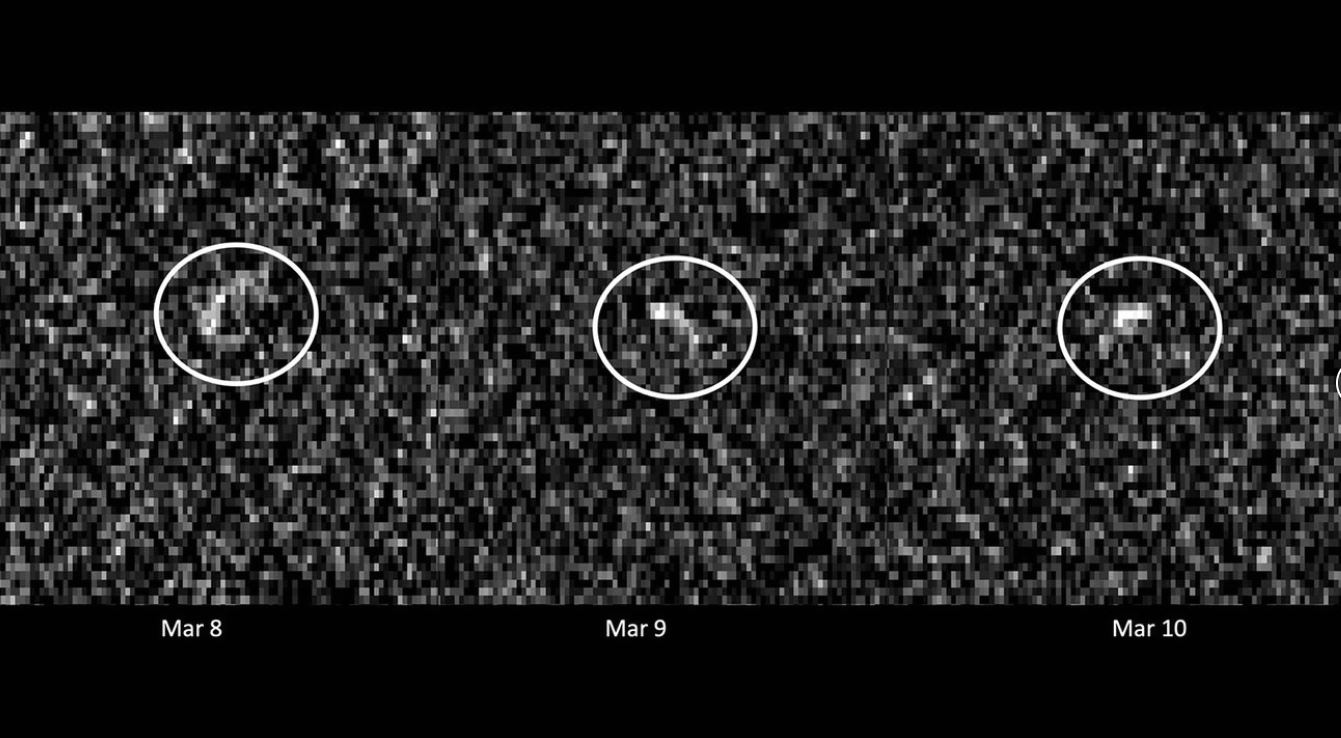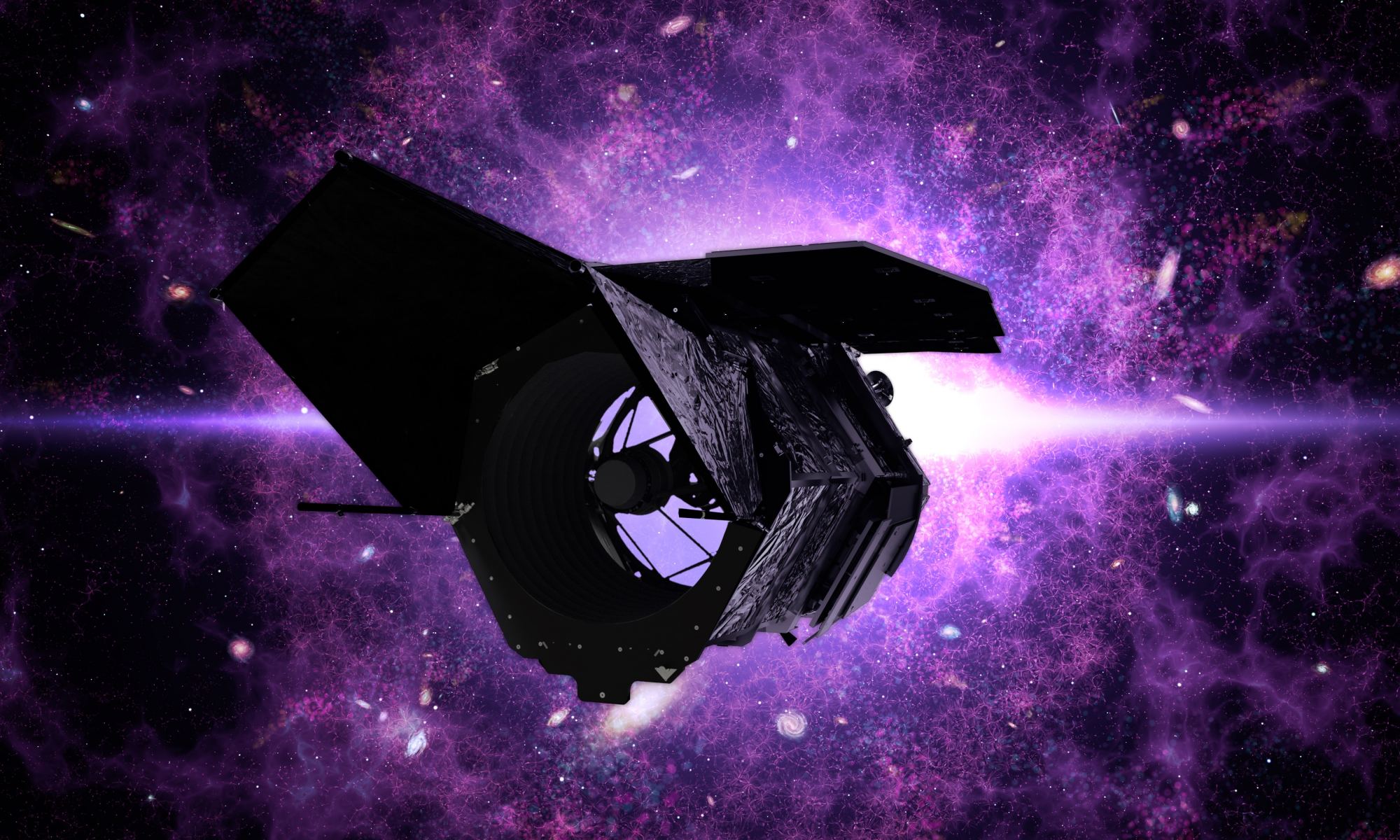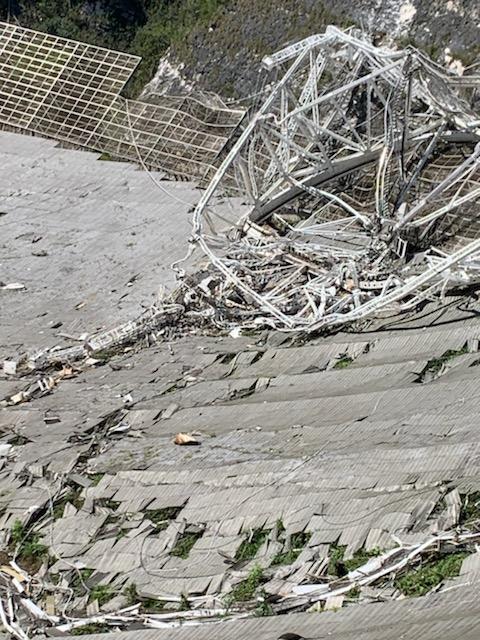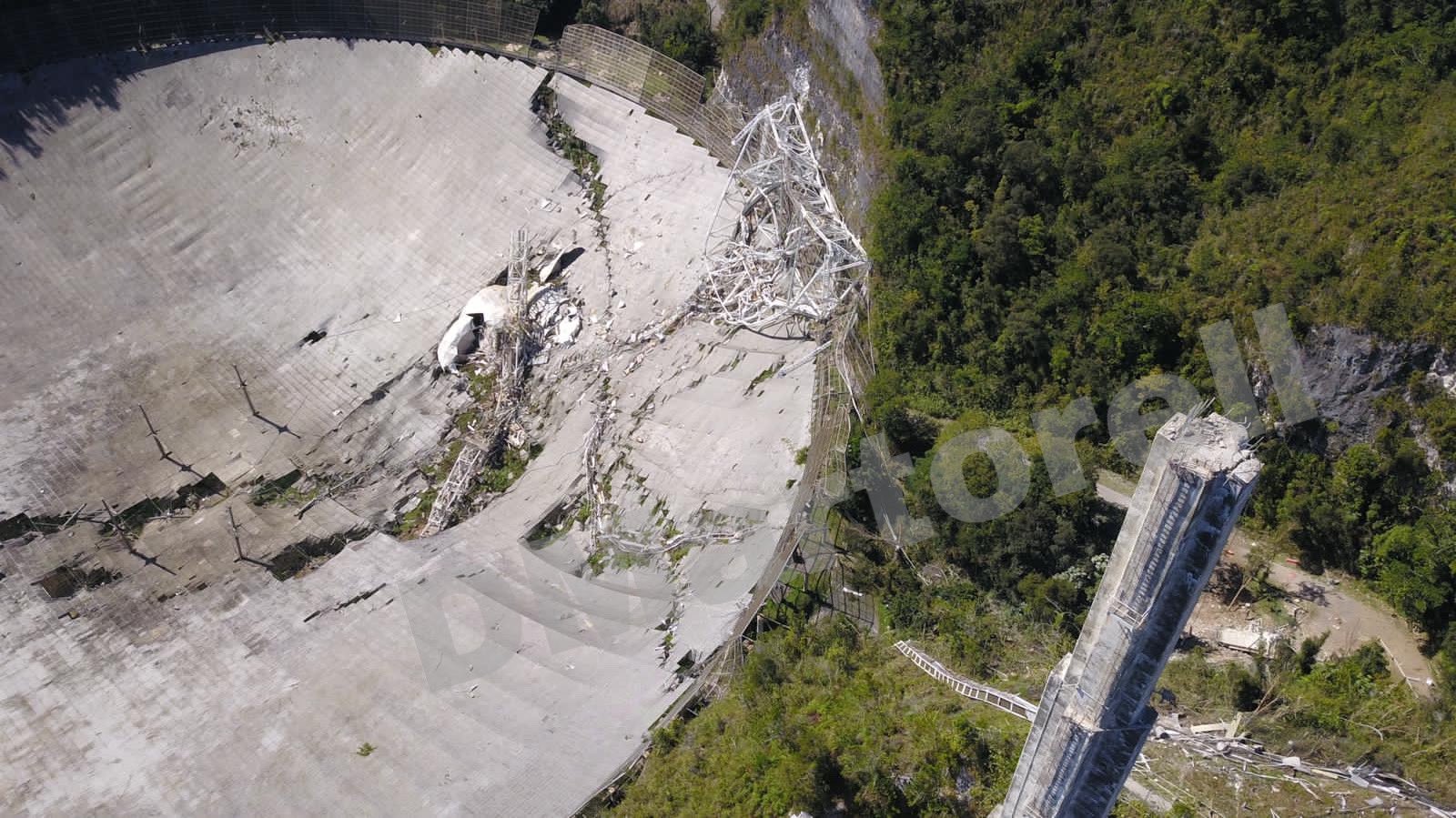Last week, a small asteroid was detected just two hours before it impacted Earth’s atmosphere. Luckily, it was only about 3 meters (10 feet) wide, and the space rock, now known as 2022 EB5 likely burned up in Earth’s atmosphere near Iceland at 21:22 UTC on March 11.
While it is wonderful that astronomers can detect asteroids of that size heading towards our planet — as well as determine the asteroid’s trajectory and precisely predicted its impact location — the last-minute nature of the discovery definitely causes a pause. What if it had been bigger?
Continue reading “A Tiny Asteroid was Discovered Mere Hours Before it Crashed Into the Earth”
